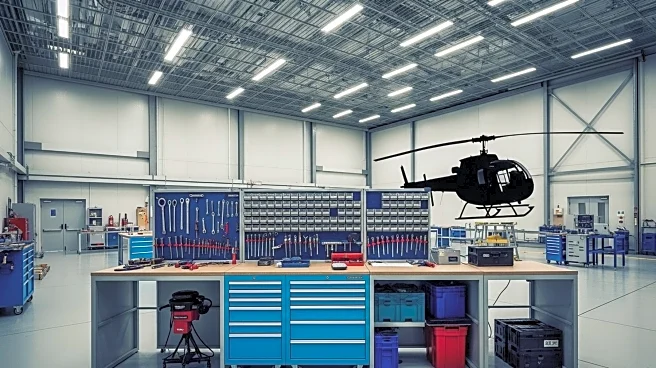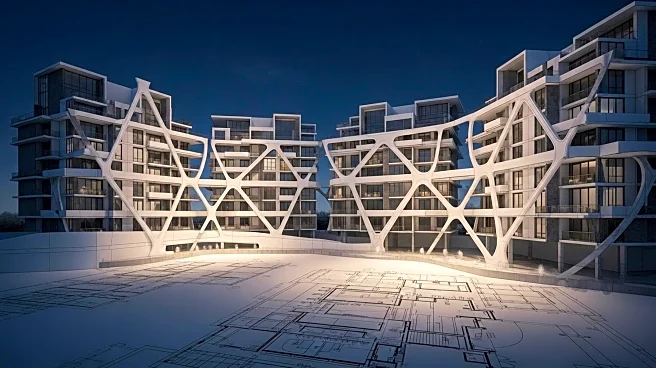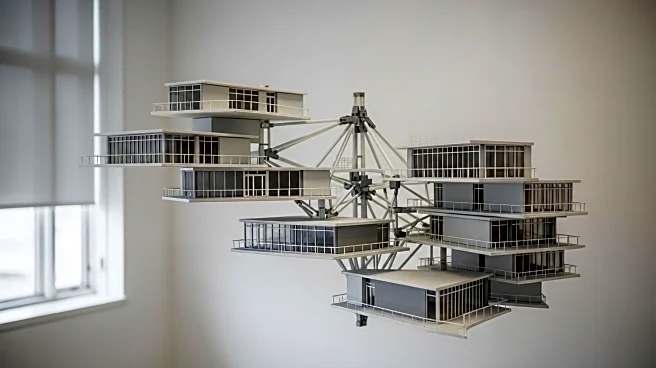What is the story about?
What's Happening?
Design Collaborative, a multi-disciplinary design firm, emphasizes the importance of purpose-driven architecture through strategic collaboration. Founded in 1992, the firm integrates architects, engineers, and specialists to create spaces that not only look good but perform effectively. The process begins with building a tailored team and conducting thorough research to understand current space usage and operational goals. Stakeholders define project success through measurable outcomes and key design drivers, ensuring the design reflects the collective vision. Interactive sessions, including diagrams and sketches, allow stakeholders to visualize possibilities and build consensus, while technical expertise is layered in to address mechanical systems, lighting strategies, and construction cost impacts.
Why It's Important?
Purpose-driven design is crucial for businesses and organizations investing in new buildings or renovations, as it ensures spaces are functional and aligned with organizational goals. By focusing on collaboration and measurable outcomes, Design Collaborative helps clients achieve spaces that support their culture, brand, and future needs. This approach can lead to improved operational efficiency, enhanced user experience, and long-term success. The firm's emphasis on strategic collaboration and technical expertise highlights the importance of integrating diverse perspectives and specialized knowledge in architectural projects.
What's Next?
Design Collaborative's approach suggests a continued focus on collaboration and stakeholder engagement in future projects. As the firm remains ranked among the top 100 in the country, it is likely to expand its influence in purpose-driven design. Future projects may involve more complex integrations of sustainability and building performance, reflecting evolving industry standards and client expectations. Stakeholders can anticipate ongoing innovation in design processes, potentially leading to new methodologies and technologies that enhance architectural outcomes.
Beyond the Headlines
The emphasis on purpose-driven design highlights broader trends in architecture, such as the integration of sustainability and user-centered design. This approach may influence ethical considerations in building practices, encouraging firms to prioritize environmental impact and social responsibility. Long-term shifts could include increased demand for spaces that adapt to changing needs and technologies, fostering resilience and adaptability in architectural design.
AI Generated Content
Do you find this article useful?













